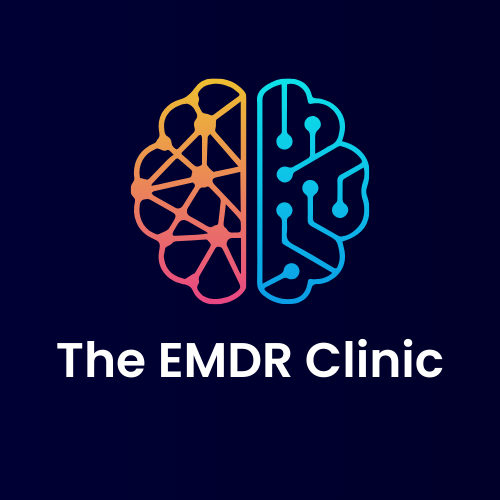EMDR and Trauma Therapy
What is EMDR?
EMDR stands for Eye Movement Desentisation and Reprocessing - which is quite the mouthful! In non-therapy speak, the name is an overview of what the components and aims of the therapy approach are. That through the use of eye movements, (moving the eyes to the left and right and vice versa) an individual becomes desensitised to traumatic memories and/or negative beliefs about the self and then this image/memory/belief has less emotional hold when thinking about it, or in the presence of a *trigger, a person is able to see and respond to their past differently. Which has the knock-on effect of influencing how we view our present - and consequently how we might decide or perceive our future.
It moves us from reacting to responding.
Reactions are experiences from the past showing up in the present, they’re archaic - something that belongs to an earlier time. And can hijack our present self. EMDR moves an individual into being able to respond in the present from the present.
It’s a phased approach to therapy which means it has some prescribed steps in order to be called EMDR therapy, and also incorporates features of psychotherapy. This is because alongside being a phased approach to therapy it incoporates past, present and future. By identifying what we would like our preferred future to look like, sound like and feel like, it offers a direction of travel in terms of the work undertaken in EMDR. And is often a feature that’s absent in other types of therapy.
What is Trauma Therapy?
Trauma therapy is a fairly ambiguous term yet the general interpretation is a type of therapy that is trauma-informed. Once again, in non-therapy speak, it means that the therapist you’re working with understands how trauma affects a person’s brain, mind, body and their beliefs about themselves - and themselves in the world. It means having an understanding of the adaptations humans use in order to survive - such as dissociation, substance use, disorderly eating, perfectionism. And that those adaptations are symptoms not root causes of trauma.
There are multiple and various schools of thought around how to ‘work’ with trauma. My approach is derived from the work of Judith Herman, who is a psychiatrist and trauma researcher whose work heavily influenced the popular trauma specialist Bessel Van Der Kolk. In her seminal book, Trauma and Recovery (1992), she outlines the 3 Stages of Trauma recovery:
Stage 1 - Safety and Stabilisation
Stage 2 - Remembrance and Mourning
Stage 3 - Reconnecting and (re)Integration
Why am I telling you this? Well, Herman’s Trauma model sits alongside EMDR therapy in terms of our direction of travel. Ultimately, both EMDR and Trauma recovery aim to reach a space we might call ‘post-traumatic growth’, which is the idea that we ‘grow through what we go through’. This isn’t rose-tinting or minimising someone’s trauma, but that we establish in our present self (who we are today) that we navigated those traumatic events and here we are. Alive.
Whilst EMDR is a route, trauma therapy is what informs how a therapist will show up and what psycho-education is important for a person at each stage of EMDR. And EMDR IS a trauma therapy. It has its own underlying theoretical model which is a hypothesis as to how EMDR works to resolve trauma (a hypothesis that now has a stack of research to evidence it too!). I can explain more about the theory of EMDR in another post. For now, I simply wanted to explain how EMDR is a trauma therapy and that it also sits alongside Herman’s trauma recovery model. Therapy shouldn’t be smoke and mirrors, but collaborative and creative. Hence throwing my voice into the ring and for potential clients to understand what it is that informs my way of being.
Warmly,
Jo
*Trigger is a short hand way of referencing when we experience something from our past showing up AS IF it’s happening now.
All opinions are my own.


